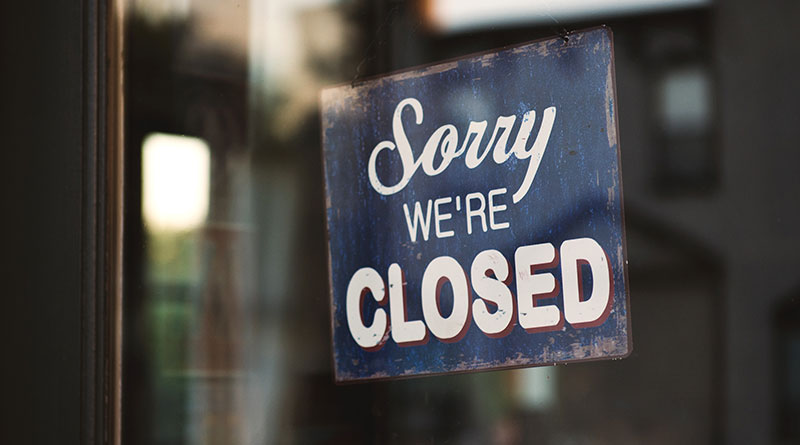Uptick In Company Insolvencies Driven By Leisure, Hospitality And Retail Sectors, Says RSM UK

Figures from the Insolvency Service show higher insolvencies in the 12 months ending Q3 2023 have been driven by increases in consumer facing industries such as leisure, hospitality and retail.
In the 12 months to Q3 2023, insolvencies in the accommodation and food services industry were up 48% and jumped 52% in wholesale and retail in the same period.
Robyn Duffy, senior analyst for consumer markets at leading audit, tax and consulting firm RSM UK, said:
‘The retail, leisure and hospitality industries will have experienced one of their toughest trading environments to date over the last year. Post-lockdown hopes for a rebound were high, with the anticipation that pent up demand would be unleashed. But high inflation sucked that demand out of the market and caused an increase in input costs across every area of the business, from raw materials to utility and fuels bills. These industries have also struggled to bring staff back into the workforce, which has led to significant wage rises in a bid to keep up with competitors and secure talent. As a result, we’ve seen the dial on insolvencies move significantly in the past 12 months.
‘But if we look at the data, we can expect that a peak in insolvencies has now been reached across both sectors. Indeed, RSM’s insolvency predictor model* implies we’ve reached the tip of the iceberg and that insolvencies should fall during the remainder of 2023 and over the course of next year. This is supported by the fact that insolvencies in the last two quarters in hospitality remained flat, and retail insolvencies decreased this quarter from 988 in Q2, to 910 in Q3. This is promising news for these sectors and indicates that the distress we’ve seen, particularly amongst smaller businesses, is finally beginning to ease.
In the retail sector, many businesses have made significant efforts to drive down excess stock throughout 2023, which will have helped ease pressures on balance sheets. This, coupled with the easing of input costs certainly paints a rosier picture on the supply side for these businesses. For leisure and hospitality operators, the pain is a little more acute with food prices coming down more slowly. But we expect this trajectory to continue. And when coupled with lower energy bills this indicates that the distress we’ve seen will lessen.
‘The outlook for demand is also looking more promising with consumers’ real earnings in growth, interest rates looking likely to have reached their peak, and prices coming back down to more normal levels. There are certainly reasons to feel optimistic in both sectors at present.’
